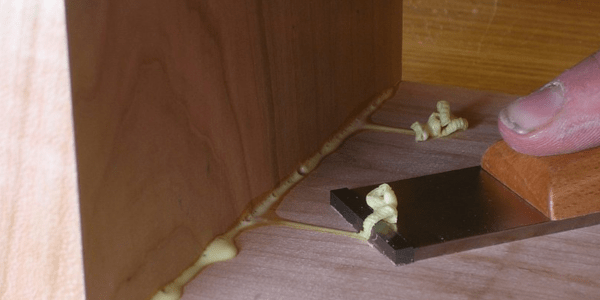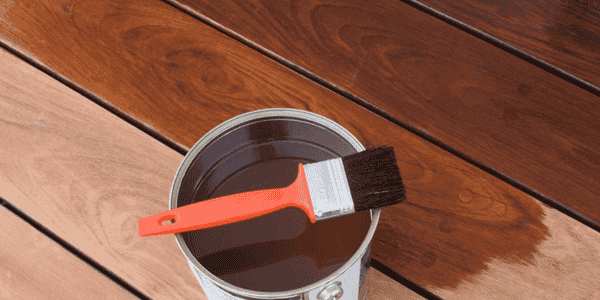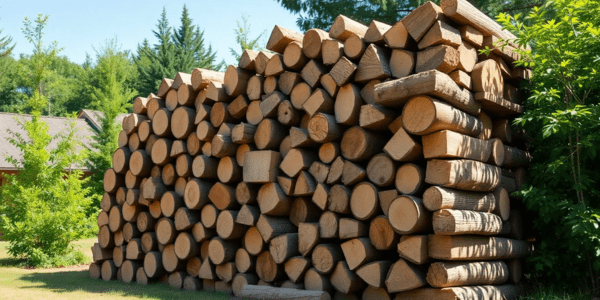Wood glue is an essential adhesive in woodworking and furniture repair, offering strong, long-lasting bonds. However, there are times when you need to dissolve or remove it—whether due to a misaligned joint, an accidental spill, or a furniture restoration project. The method you choose depends on the type of wood glue and the surface it’s applied to. In this article, we’ll explore how to dissolve wood glue safely and effectively using both household and professional techniques.
Types of Wood Glue and Their Behavior
Before attempting removal, it’s crucial to identify the type of wood glue used:
| Type of Glue | Common Brand/Use | Solubility |
| PVA (Polyvinyl Acetate) | Elmer’s, Titebond Original | Water-soluble (when wet) |
| Polyurethane | Gorilla Glue | Not water-soluble |
| Epoxy | Two-part adhesive | Solvent needed |
| Hide Glue | Antique furniture | Water and heat-soluble |
Dissolving PVA (White or Yellow) Wood Glue

When Wet:
- Simply use a damp cloth or sponge to wipe off excess glue.
- Act quickly before the glue starts to set.
When Dry:
- Warm Water Method:
- Soak a clean cloth in warm water and place it over the dried glue.
- Let it sit for 10–15 minutes to soften the adhesive.
- Scrape gently with a plastic putty knife or scraper.
- White Vinegar Method:
- Mix equal parts of white vinegar and warm water.
- Apply to the dried glue using a cloth or spray bottle.
- Wait a few minutes and then scrape or scrub it off.
Removing Polyurethane Glue (e.g., Gorilla Glue)
Polyurethane glue is waterproof and expands while drying, which makes it harder to remove once cured.
- Acetone (Nail Polish Remover):
- Apply a small amount of acetone to a cloth or cotton ball.
- Dab it gently on the dried glue to soften the bond.
- Scrape carefully with a plastic scraper to avoid damaging the wood.
- Always test on a hidden area first to ensure it won’t stain or damage the finish.
Dissolving Epoxy Glue
Epoxy is a two-part glue that requires stronger solvents.
- Isopropyl Alcohol or Acetone:
- Use in a well-ventilated area and apply directly on the epoxy.
- Allow it to sit for several minutes.
- Gently chip away using a scraper or sandpaper if needed.
Removing Hide Glue (Used in Antique Furniture)
- Hot Water or Steam:
- Soak the area with hot water or use a steam cloth.
- The glue will begin to melt, allowing you to wipe it away easily.
- Ideal for restoring or disassembling old furniture.
Safety Tips
- Wear gloves and work in a ventilated space when using solvents like acetone or alcohol.
- Always test any chemical on a hidden part of the wood surface to avoid discoloration or damage.
- Avoid metal scrapers, which can gouge or scratch the wood.
Conclusion
Dissolving wood glue isn’t one-size-fits-all—it depends on the type of glue and the wood’s finish. With the right approach, you can safely remove glue residues without damaging your woodworking project. Whether you’re fixing a mistake or restoring old furniture, patience and the right tools go a long way.

